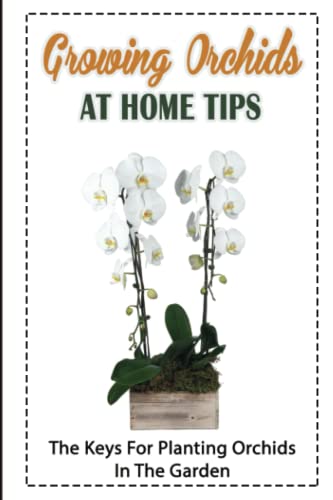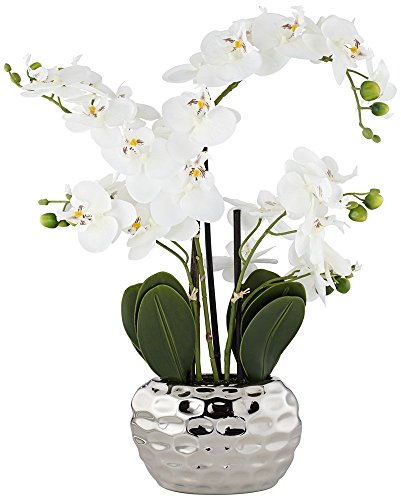Some members of my local society expressed interest in learning more about how I grow my brachypetalum paphiopedilums. I have a few nice specimens, but I am far from an expert. So, while I am happily going to put together either an article or a presentation on my approach, I would like to incorporate other best practices. In addition to pulling from my experiences and communication with a few growers, I am primarily referring to:
1: What other resources would you recommend (talks, Slipper Orchid Alliance, AOS or Orchid Digest articles, etc)?
2. Any tips for growing these spotted beauties that you would like to share? Any questions that you have
For additional context, whenever I give talks, I focus on culture and what I have seen work. Taxonomy is not my thing.
- Baker & Baker culture sheets for the species, where available
- Genus Paphiopedilum by Guido Braem
- Tropical Slipper Orchids by Harold Koopowitz
- Slipper Talk Forum 2011
- Slipper Talk Forum Tanaka Potting Discussion
- Tanaka Method for Growing Brachy
1: What other resources would you recommend (talks, Slipper Orchid Alliance, AOS or Orchid Digest articles, etc)?
2. Any tips for growing these spotted beauties that you would like to share? Any questions that you have
For additional context, whenever I give talks, I focus on culture and what I have seen work. Taxonomy is not my thing.





































